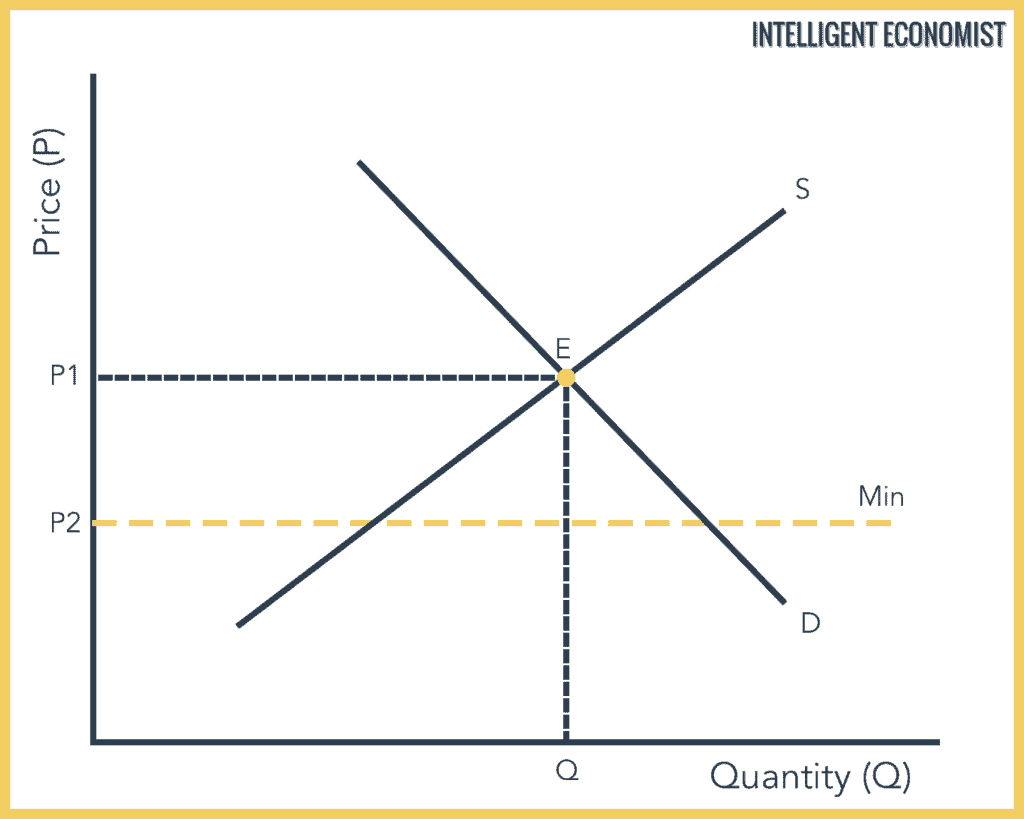In research a floor effect aka basement effect is when measurements of the dependent variable the variable exposed to the independent variable and then measured result in very low scores on the measurement scale.
Definition floor effects.
For example the distribution of scores on an ability test will be skewed by a floor effect if the test is much too difficult for many of the respondents and.
Floor effect basement effect.
In clinical testing where the performance being tested is nearly as bad as possible in the treatment and control conditions which precludes the formulation of an effective remedy or solution.
This is even more of a problem with multiple choice tests.
In layperson terms your questions are too hard for the group you are testing.
There is very little variance because the floor of your test is too high.
Statistics definitions the floor effect is what happens when there is an artificial lower limit below which data levels can t be measured.
The inability of a test to measure or discriminate below a certain point usually because its items are too difficult.
In statistics and measurement theory an artificial lower limit on the value that a variable can attain causing the distribution of scores to be skewed.
In this case since the new price is higher the producers benefit.
Ceiling effects and floor effects both limit the range of data reported by the instrument reducing variability in the gathered data.
A floor effect is when most of your subjects score near the bottom.
Ceiling effect is used to describe a situation that occurs in both pharmacological and statistical research.
With other types if the subject doesn t know they aren t.
Psychology definition of floor effect.
A price floor or a minimum price is a regulatory tool used by the government.
This could be hiding a possible effect of the independent variable the variable being manipulated.
More specifically it is defined as an intervention to raise market prices if the government feels the price is too low.
Floor effects are occasionally encountered in psychological testing when a test designed to estimate some psychological trait has a minimum standard score that may not distinguish some test takers who differ in their responses on the test item content.
It essentially describes when the dependent variable has leveled.




























